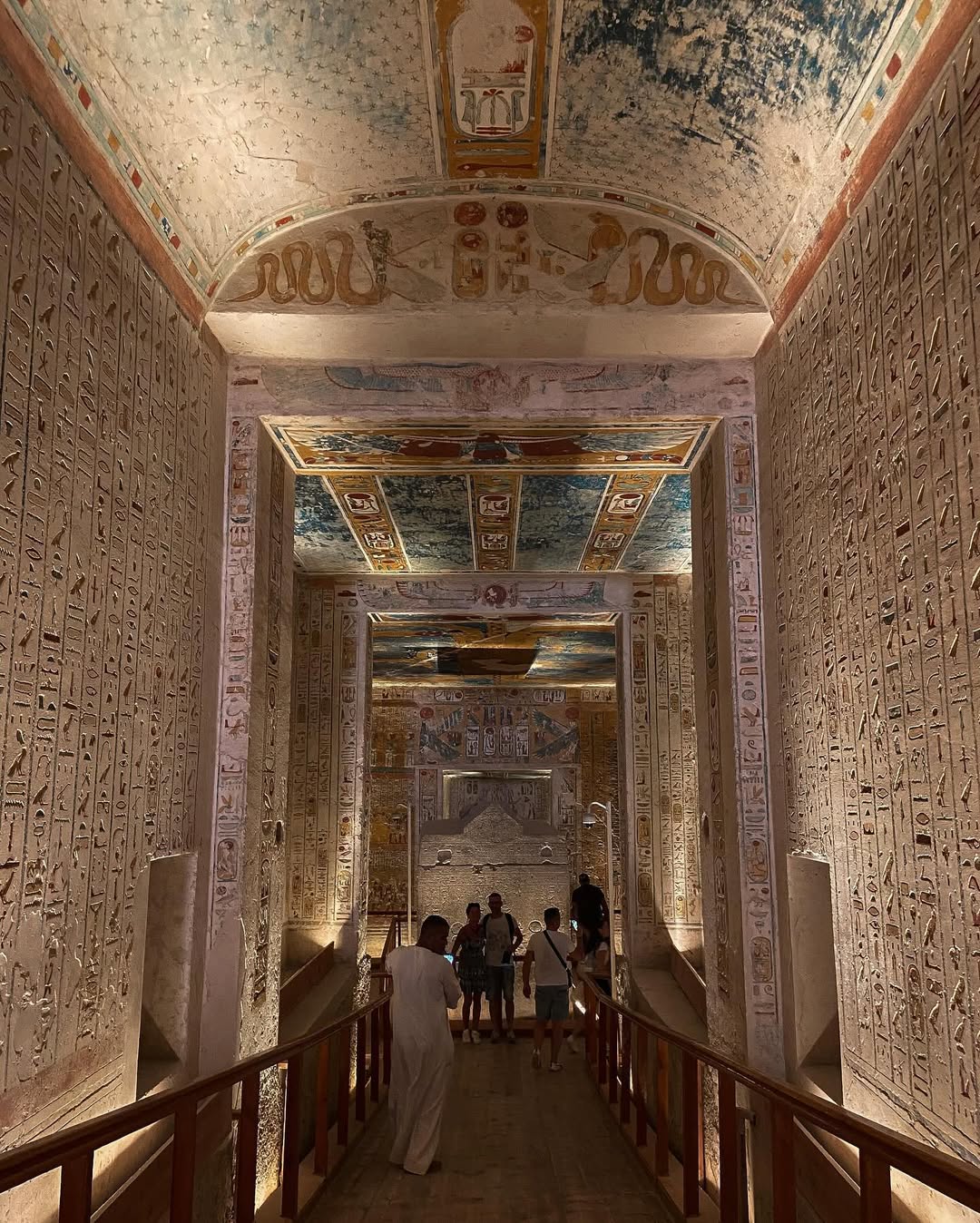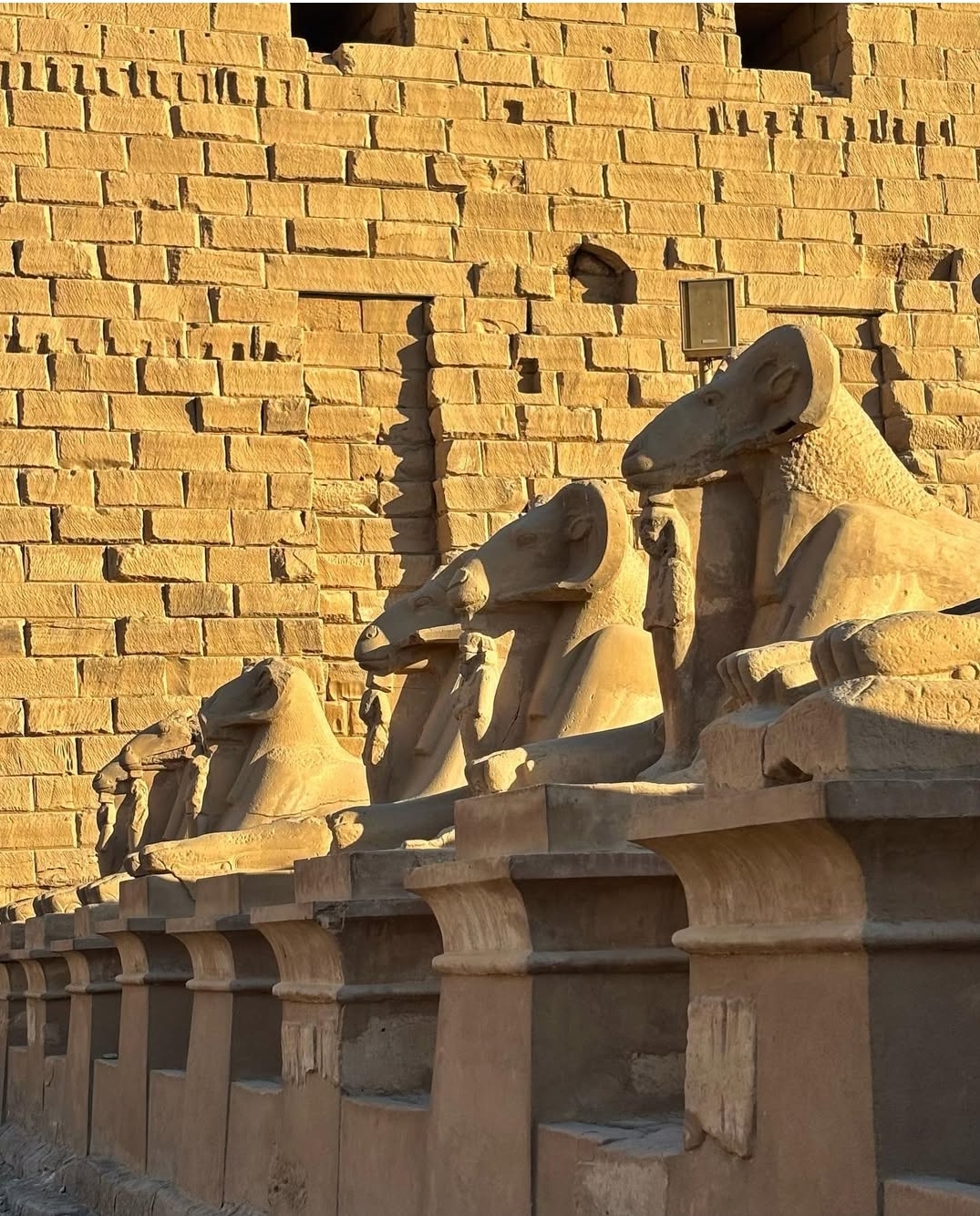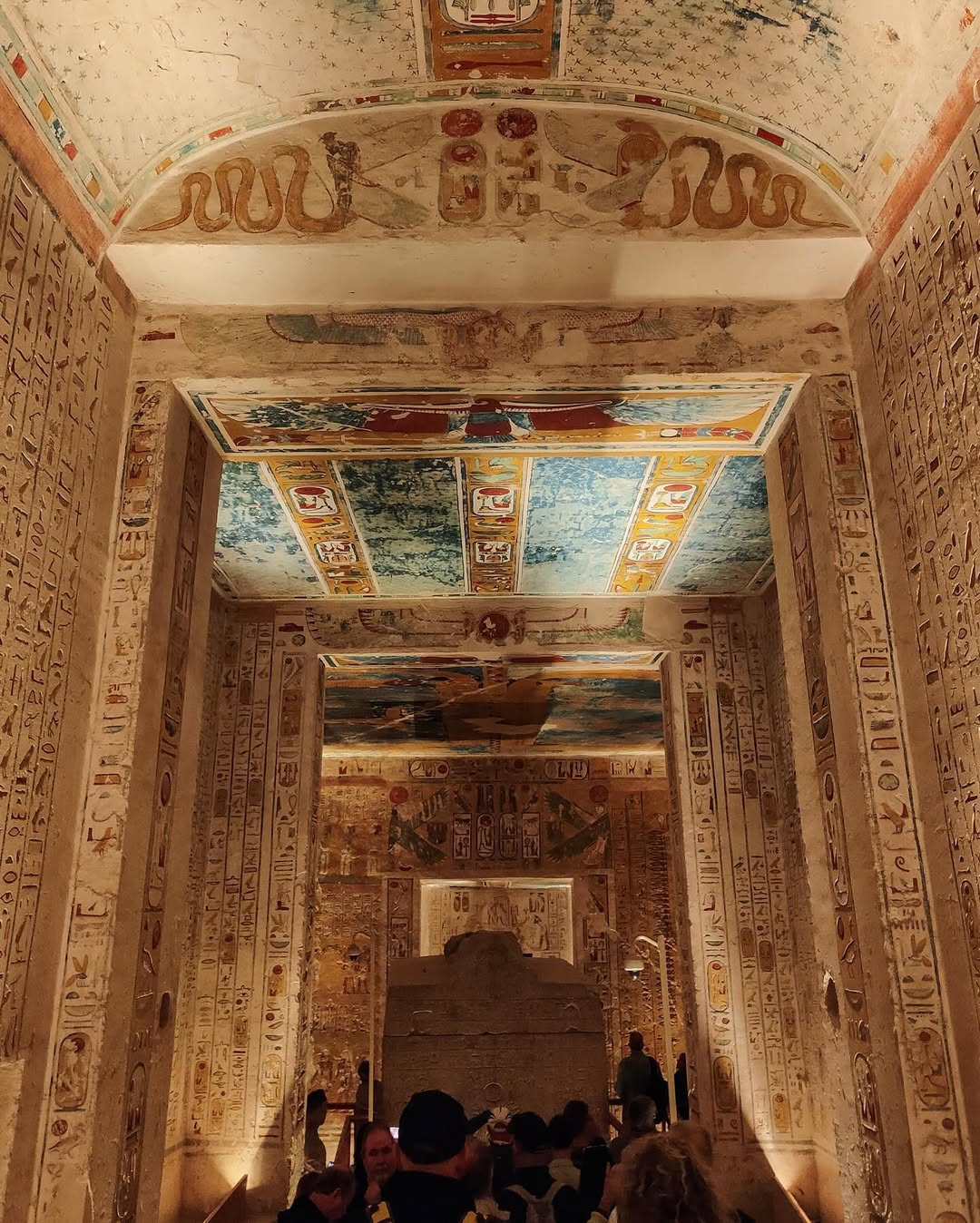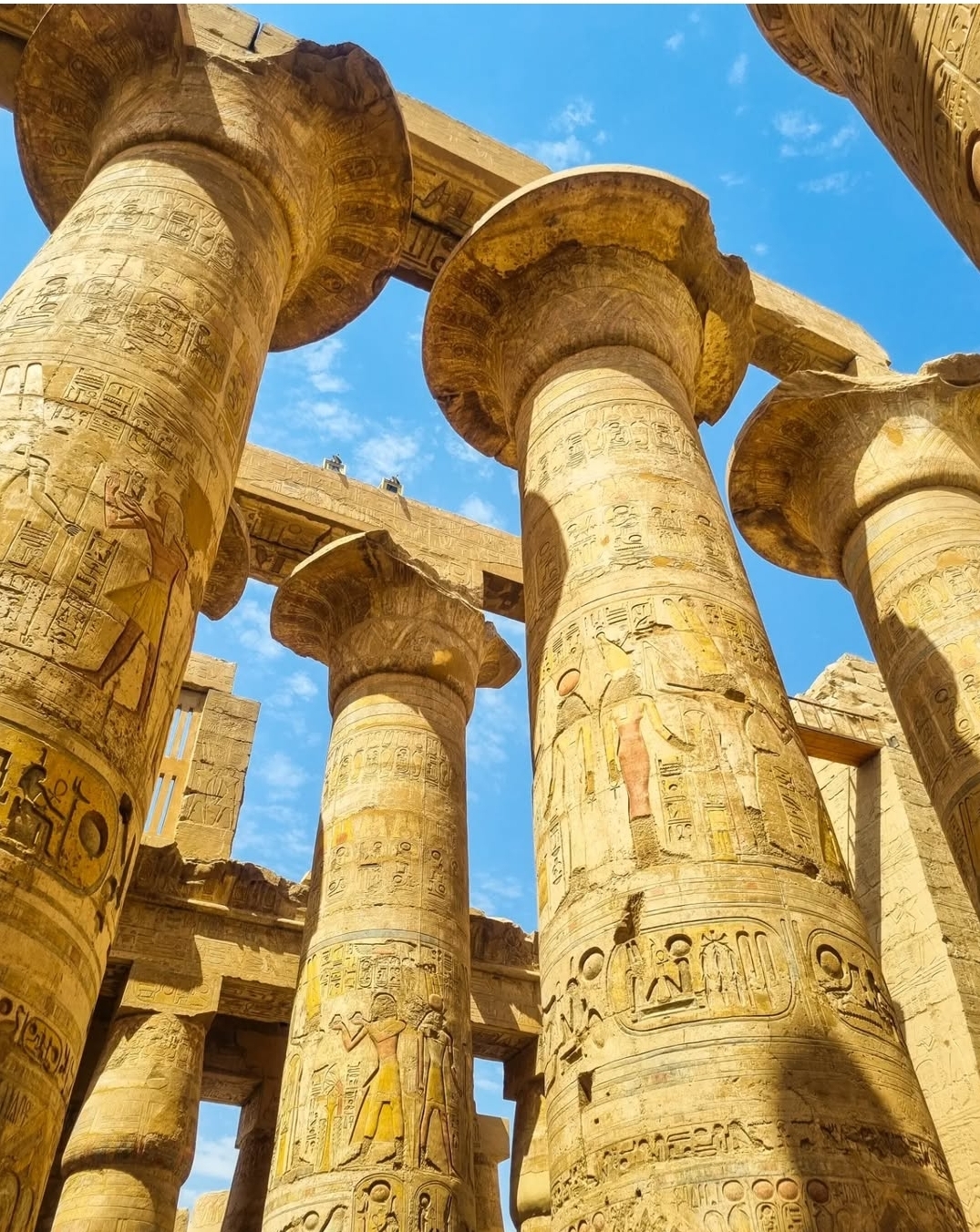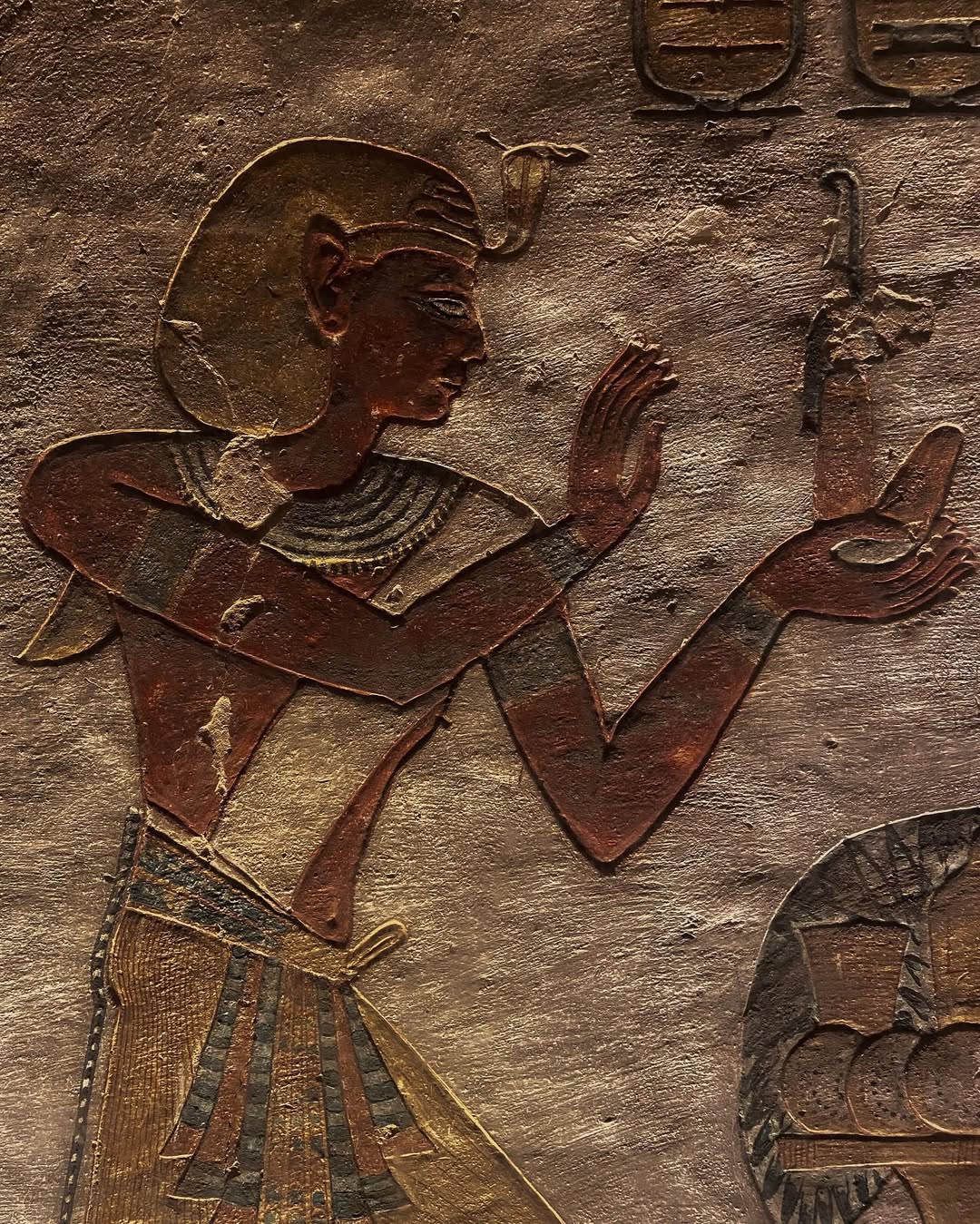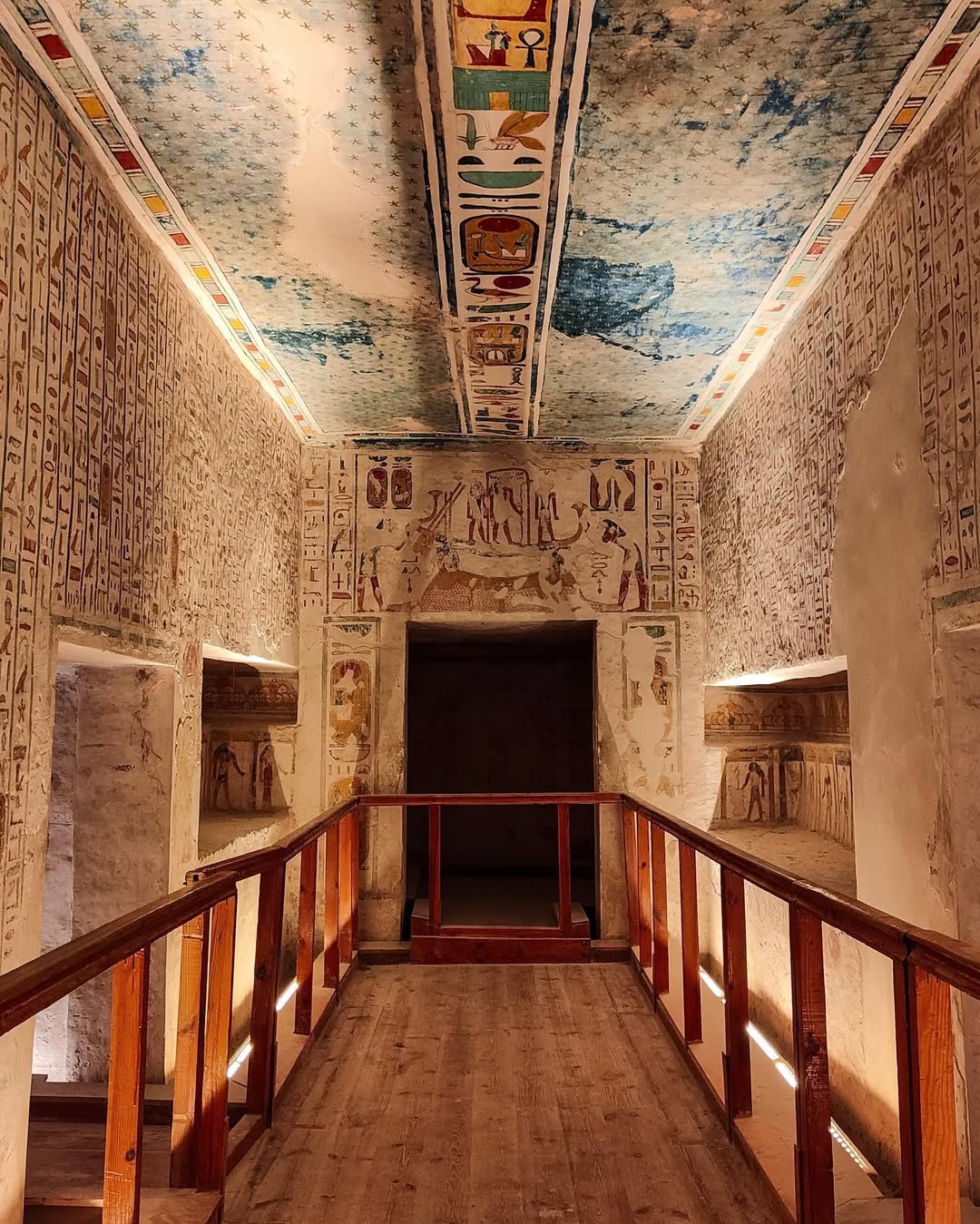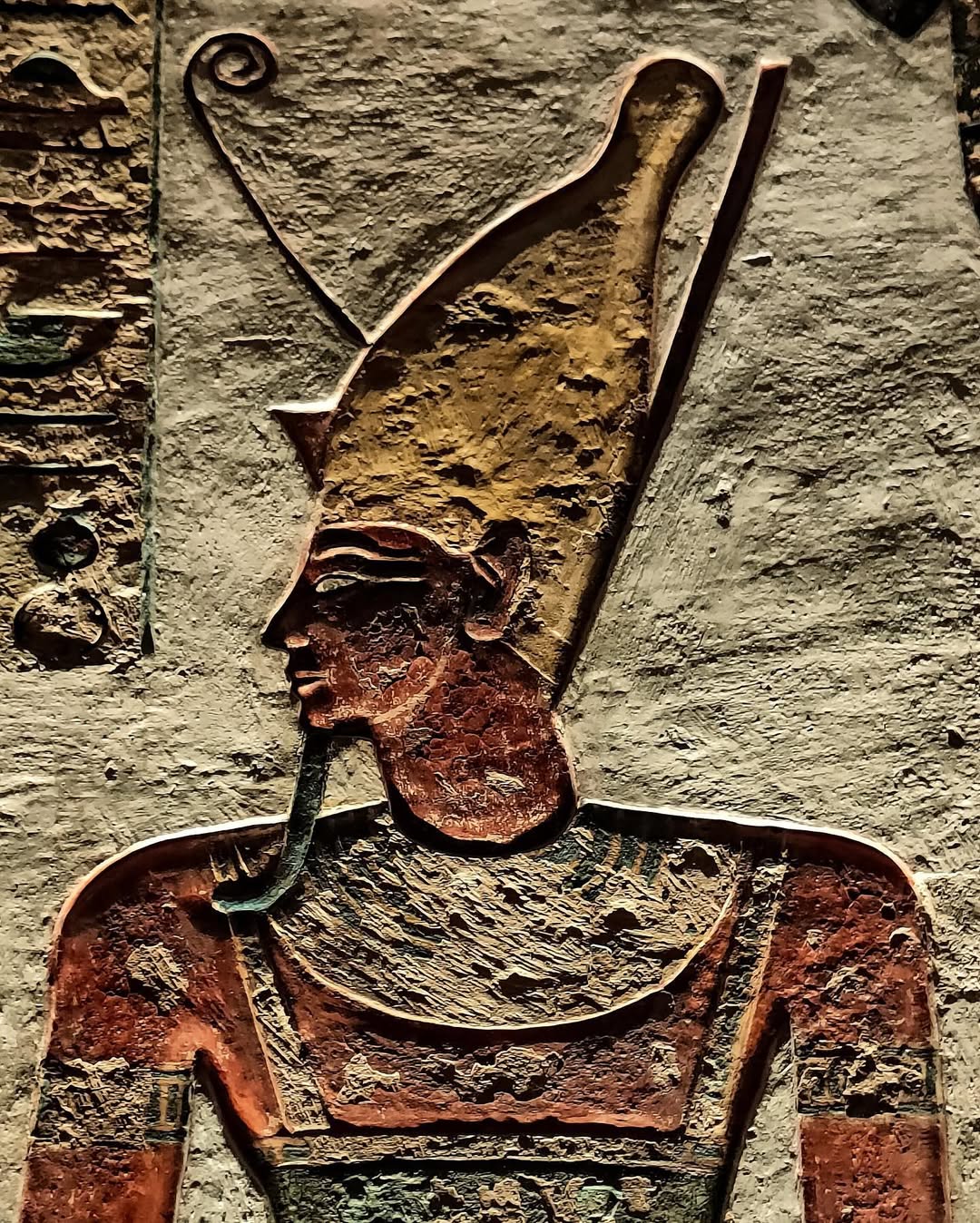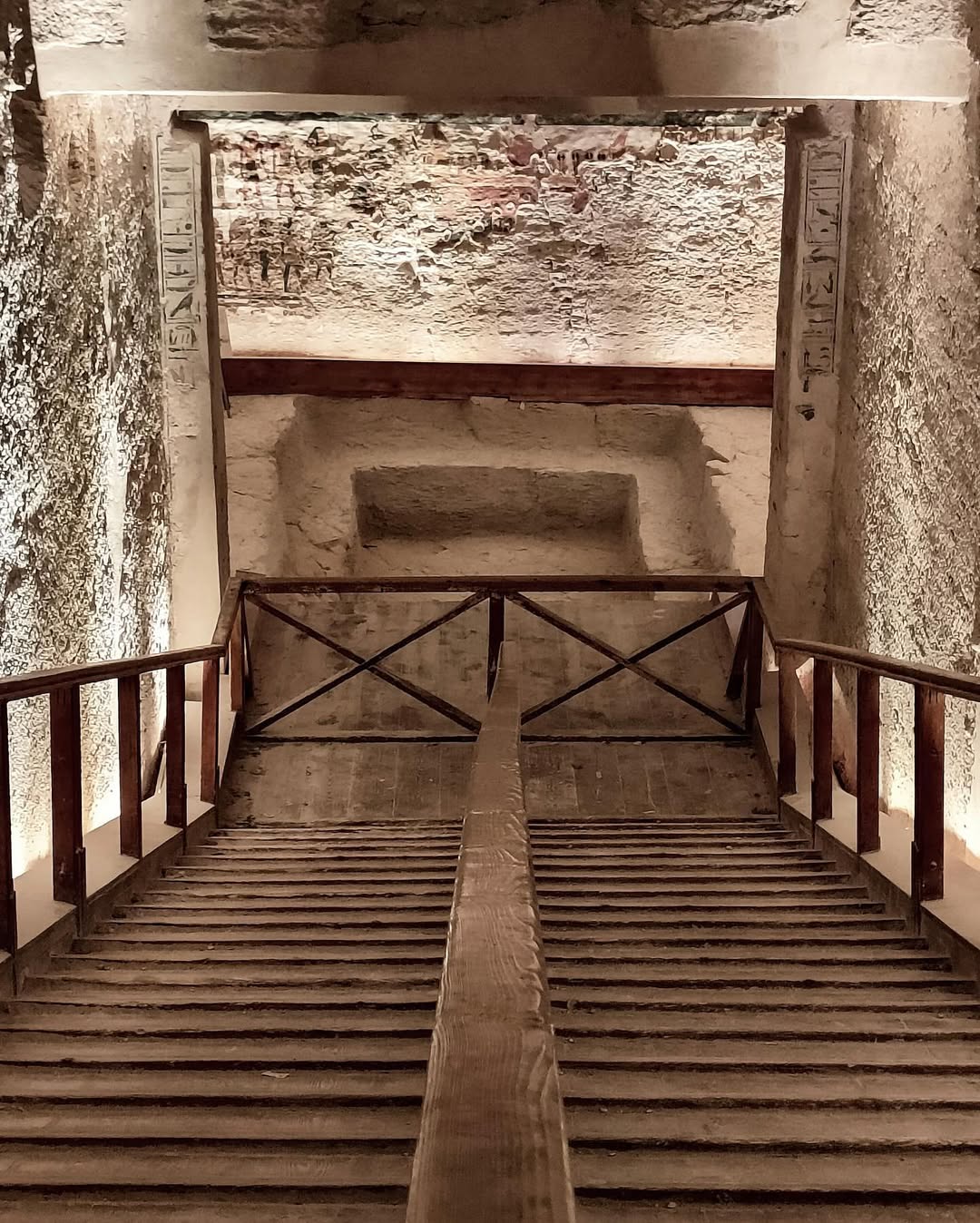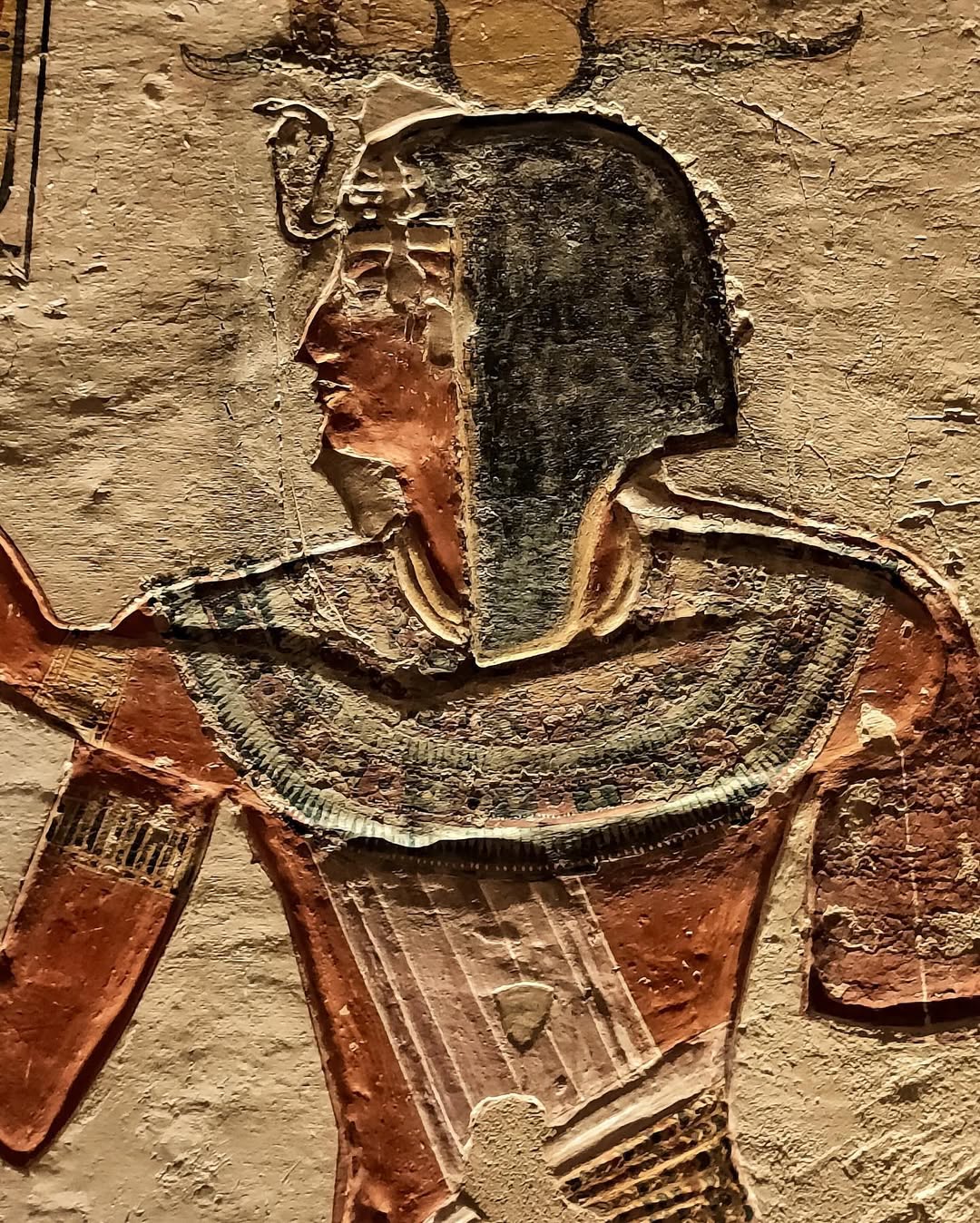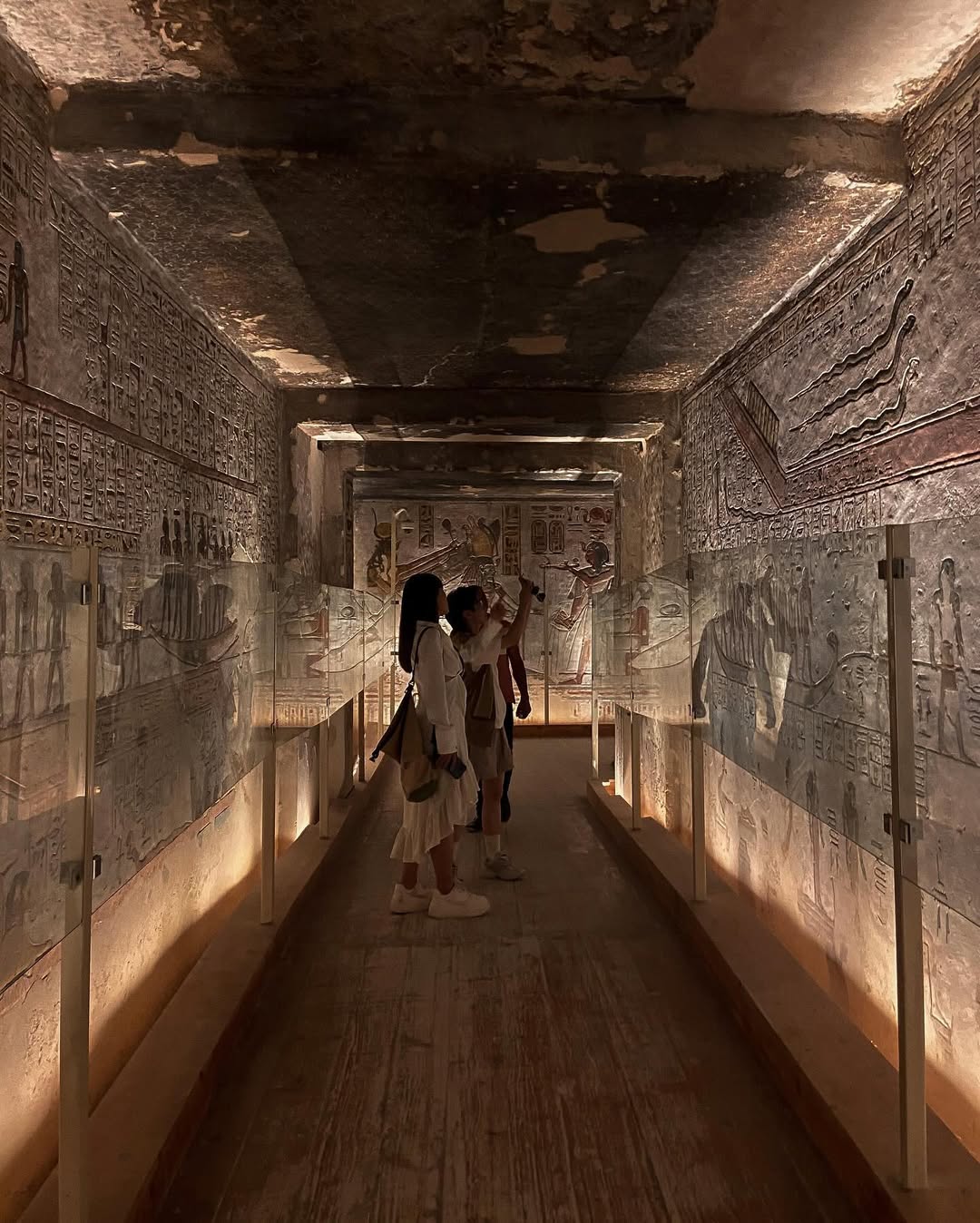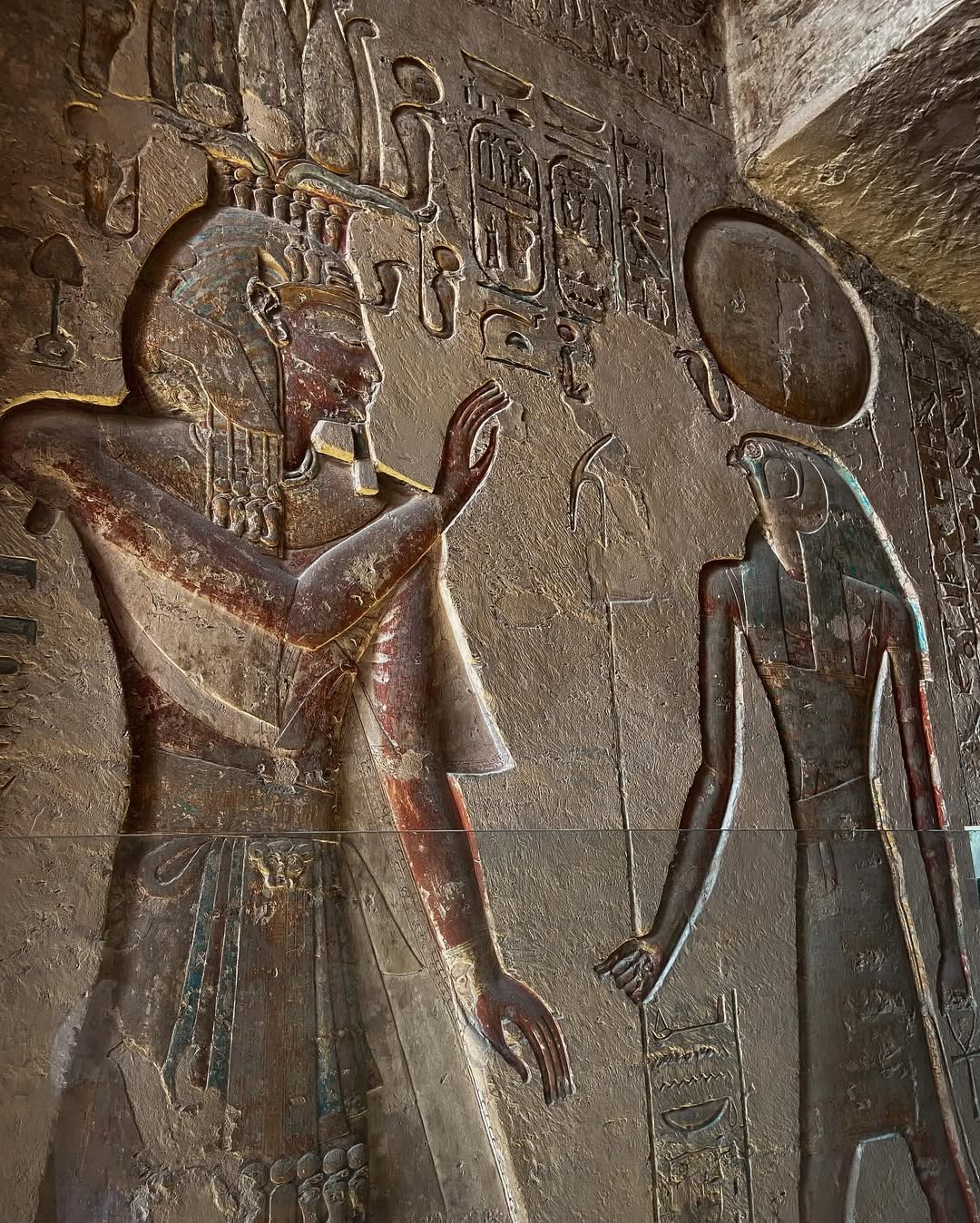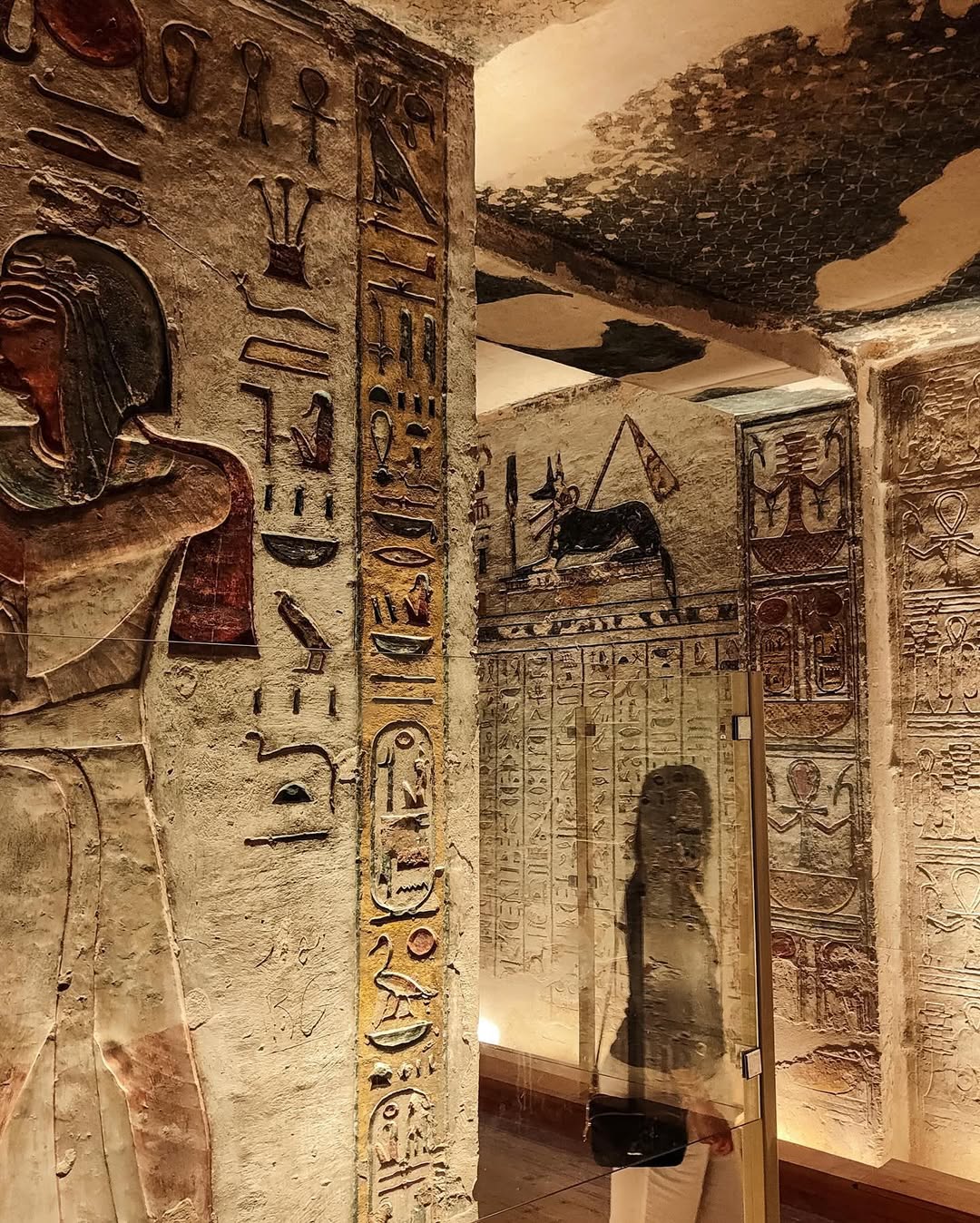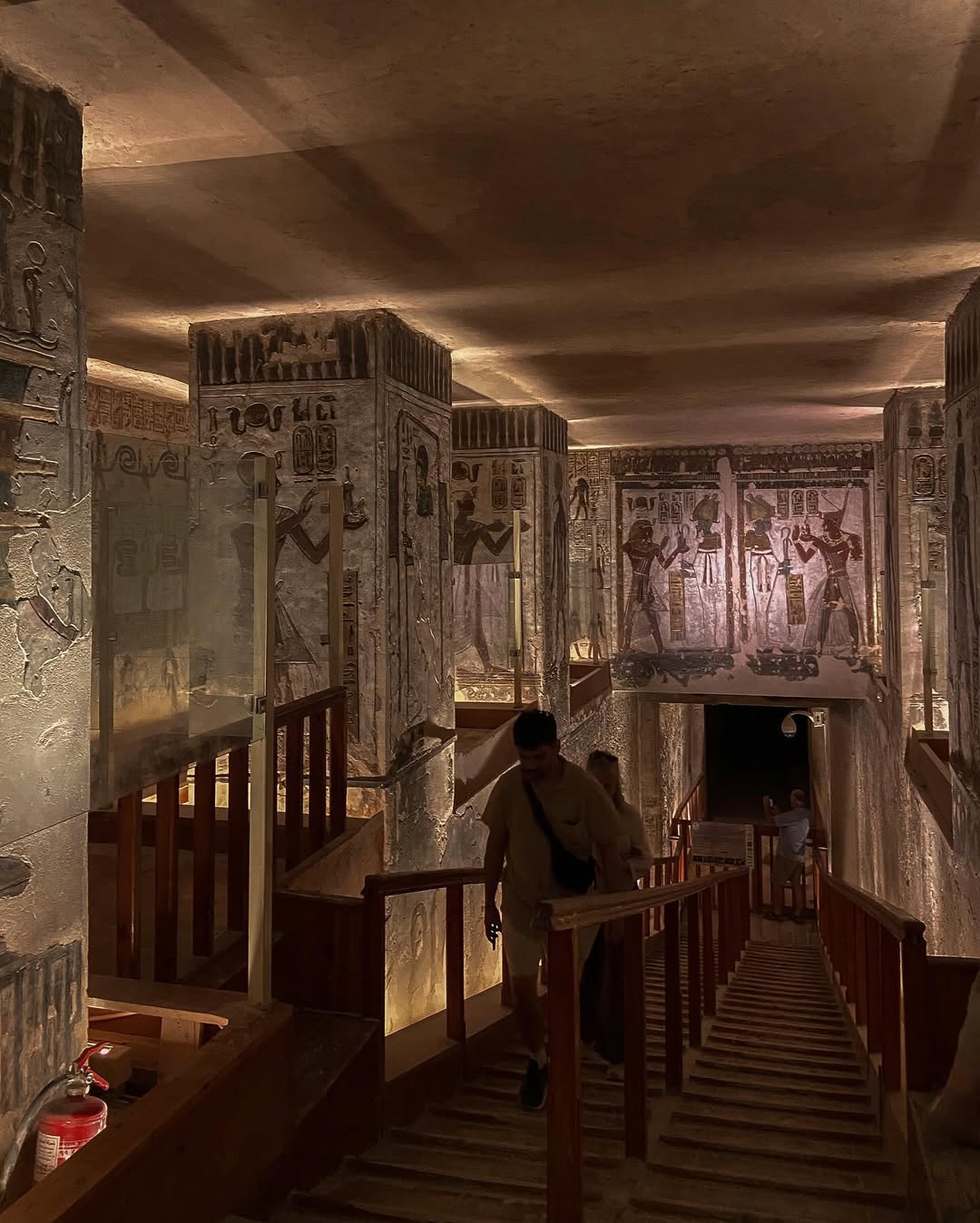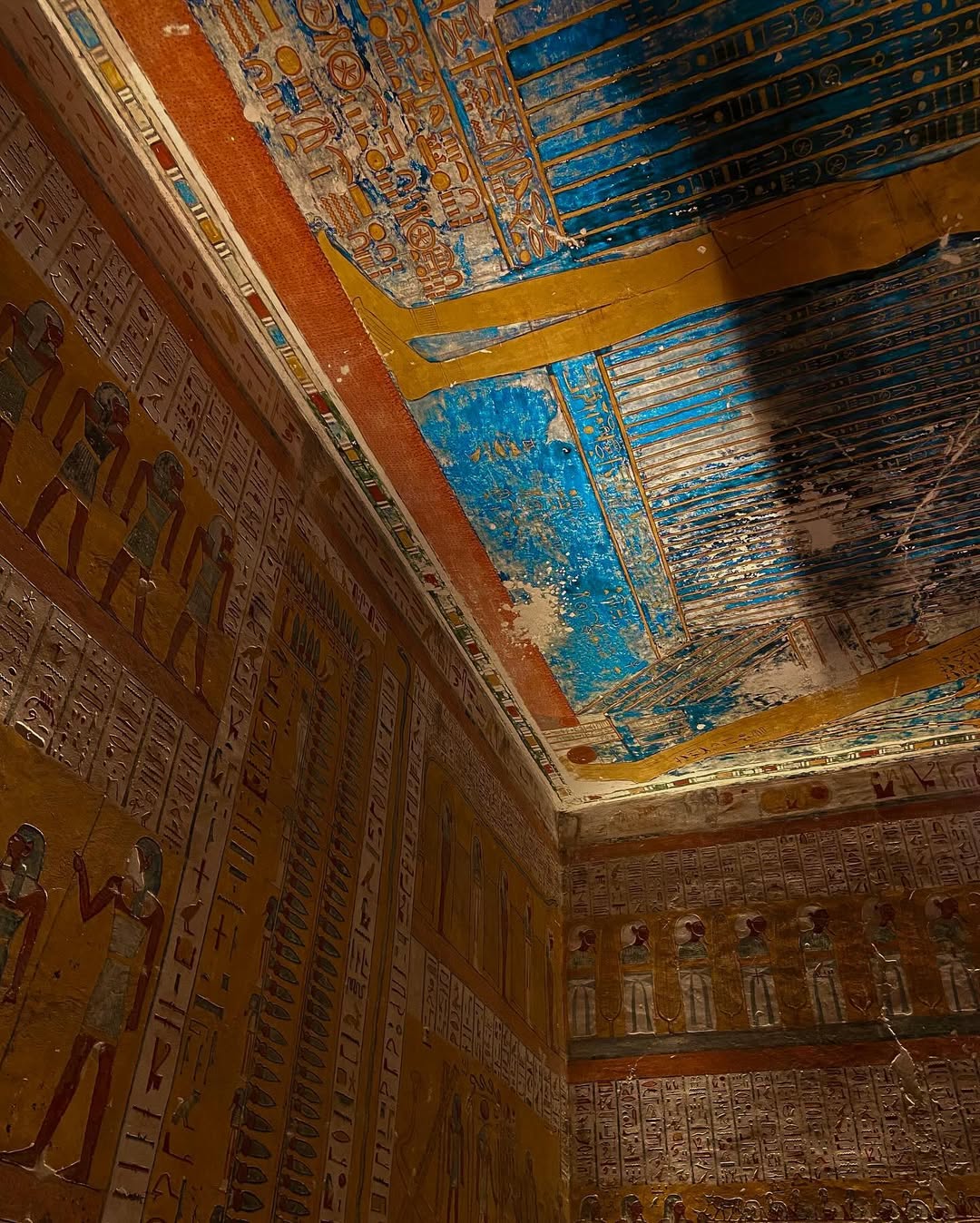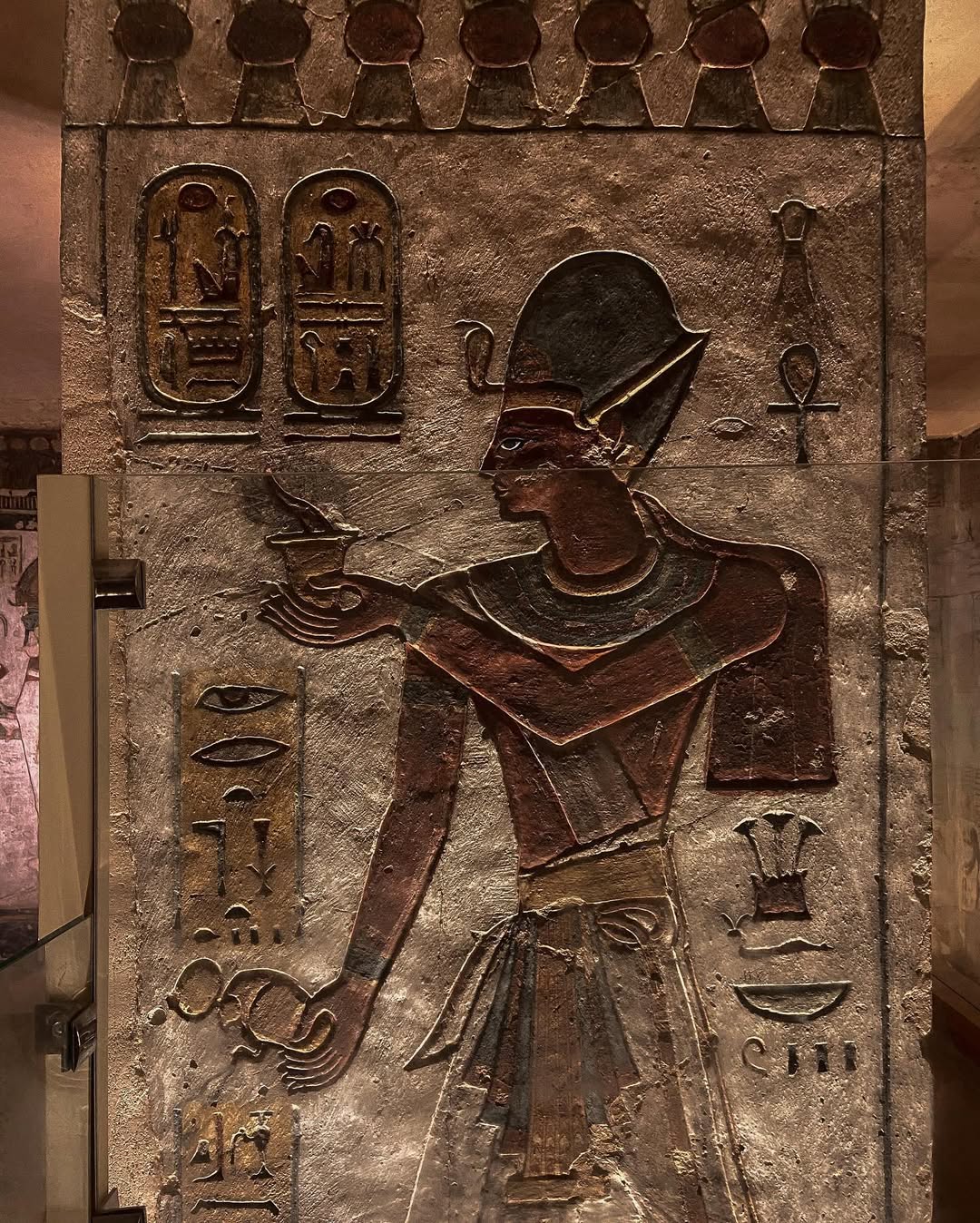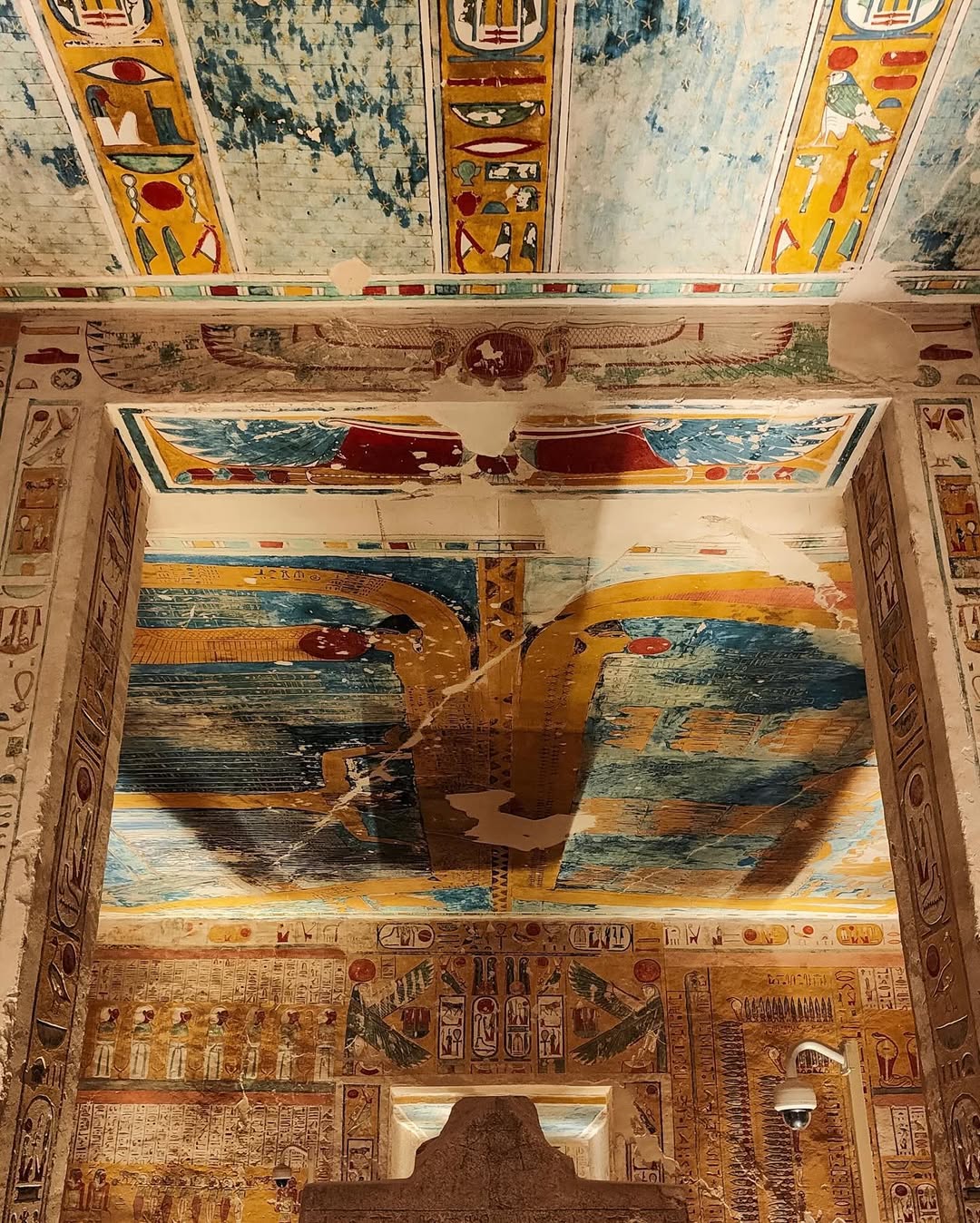The Valley Of The Kings Luxor
The Valley of the Kings: Luxor’s Majestic Necropolis of Pharaohs
Introduction: Gateway to the Afterlife
Carved into the dramatic limestone cliffs of Luxor’s West Bank, the Valley of the Kings (Biban el-Muluk) served as the royal burial ground for Egypt’s New Kingdom pharaohs (1550-1070 BCE). This UNESCO World Heritage Site contains 63 discovered tombs (with potentially more awaiting discovery), representing one of humanity’s most remarkable concentrations of ancient funerary art and architecture.
Historical Significance
The valley’s importance stems from:
-
500 years of royal burials (18th-20th Dynasties)
-
A sacred landscape chosen for its:
-
Hidden location (security against tomb robbers)
-
Pyramid-shaped peak (al-Qurn)
-
Association with the goddess Meretseger
-
-
The transition from pyramid building to hidden rock-cut tombs
Architectural Evolution
Tombs showcase three distinct design phases:
Early 18th Dynasty (1504-1425 BCE)
-
Simple bent-axis designs (KV38, KV20)
-
Modest decorations with few scenes
-
Example: Thutmose I’s tomb (KV38)
Golden Age (1425-1189 BCE)
-
Straight-axis, elaborately decorated tombs
-
Complete funerary texts covering walls
-
Example: Seti I’s tomb (KV17)
Late Period (1189-1070 BCE)
-
Smaller, often reused tombs
-
Simplified decorations
-
Example: Ramses IX’s tomb (KV6)
Most Significant Tombs
KV62 – Tutankhamun
-
The only nearly intact royal burial found
-
Discovered by Howard Carter in 1922
-
Famous for its golden treasures
KV17 – Seti I
-
Longest tomb in the valley (137m)
-
Breathtaking reliefs in perfect condition
-
Contains the mysterious “tunnel”
KV9 – Ramses VI
-
Magnificent astronomical ceiling
-
Well-preserved colors
-
Combines multiple funerary texts
KV35 – Amenhotep II
-
Cache tomb containing multiple royal mummies
-
Important for understanding reburial practices
Religious Symbolism
The tombs served as:
-
Guides to the afterlife (via wall texts)
-
Magical spaces for transformation
-
Eternal homes for the pharaoh’s ka
-
Places of ongoing mortuary cults
Modern Exploration
Current archaeological work includes:
-
Theban Mapping Project (documenting all tombs)
-
New tomb searches using ground-penetrating radar
-
Conservation of fragile wall paintings
-
Digital reconstruction projects
-
Climate control studies
Visitor Experience
Must-See Tombs Currently Open:
-
KV9 (Ramses VI)
-
KV11 (Ramses III)
-
KV17 (Seti I – requires special ticket)
-
KV62 (Tutankhamun – separate ticket)
-
KV14 (Tausret/Sethnakhte)
Practical Information:
-
Location: West Bank, Luxor
-
Hours: 6:00 AM – 5:00 PM (winter)
-
Photography: Permitted in most tombs (no flash)
-
Best Time: Early morning or late afternoon
-
Tickets: Various options available
Conservation Challenges
The fragile tombs face:
-
Humidity from visitors’ breath
-
Fungal growth encouraged by moisture
-
Salt crystallization damaging walls
-
Fading of ancient pigments
-
Structural stresses from earthquakes
Why the Valley Matters Today
This extraordinary site provides:
-
Insights into ancient Egyptian beliefs
-
Evidence of artistic development
-
Understanding of royal burial practices
-
Connections to broader Egyptian history
-
Ongoing archaeological discoveries
Nearby Sites to Combine:
-
Valley of the Queens
-
Hatshepsut’s Temple
-
Ramesseum
-
Deir el-Medina
-
Colossi of Memnon
Conclusion: An Enduring Legacy
The Valley of the Kings remains one of archaeology’s most important sites, offering visitors a direct connection to ancient Egypt’s royal afterlife beliefs. As ongoing research continues to reveal new secrets, the valley maintains its position as the world’s most magnificent royal necropolis – a testament to pharaonic power and the eternal human quest for immortality.
